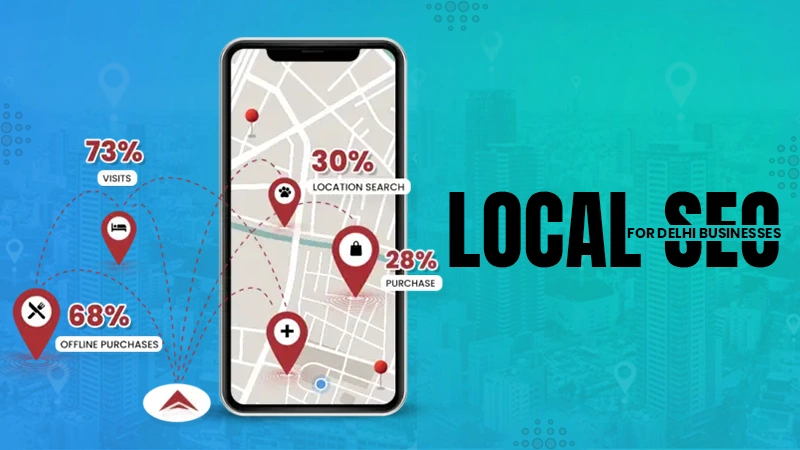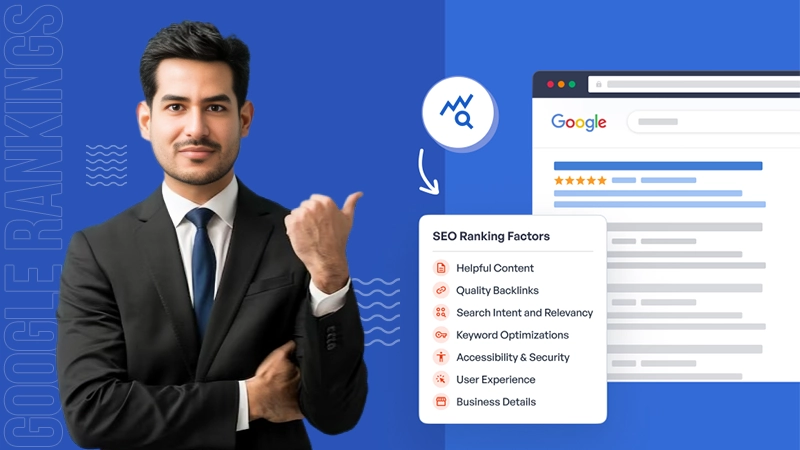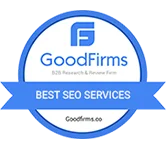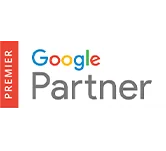What Are the Key Metrics to Track in a Shopify PPC Campaign?
An efficient pay-per-click (PPC) strategy plays a major role in increasing quality website traffic and enhancing businesses’ sales. When speaking of e-commerce platforms, Shopify is recognized as a popular choice due to its features and user-friendly customization options.
Shopify provides a foundation for running campaigns, but it’s necessary to monitor the right metrics for these strategies to juice out the desired outcomes. This is where things get interesting. For a business, every effort must lead to betterment in any aspect.
This is why this article will delve into the metrics that e-commerce businesses should track when executing a Shopify PPC campaign.
1. Click Through Rate (CTR)
Monitoring the click-through rate (CTR) is pivotal as it signifies the percentage of users who click on your ads after viewing them. It’s a clear indicator of a clear psyche. If the user finds your ad attractive, you’ll get a click.
A high CTR indicates that your ads are capturing attention and resonating well with your target audience. So, to enhance your CTR, consider refining your ad copy, utilizing visuals or videos, and optimizing targeting criteria.
2. Conversion Rate
The ultimate objective of any strategy is to drive conversions, be it making sales or acquiring leads. In easy words, conversion rate means the number of people turned into your customers after watching your ad.
Tracking conversion rates enables you to figure out how effectively your ads are converting into sales or acquisitions. A proper calculation of this rate is necessary to keep track of your ad’s performance. This is why Shopify includes a handy conversion tracking feature that lets you easily monitor this metric by setting up conversion actions and tags.
3. Cost per Acquisition (CPA)
As the name suggests, CPA is all about understanding how much it costs to acquire a customer. This indicator is needed to assess if your PPC campaign aligns with your marketing budget expectations.
To calculate the CPA, divide your total advertising spend by the number of conversions achieved during that time frame. The lower the cost, the better it is. At the inception of your marketing campaigns, the rate can be high. But with time, things will go straight.
The following graph shows the average CPA with respect to various industries.
4. Return on Ad Spend (ROAS)
ROAS measures how your ad spending results in revenue from sales through your PPC campaigns. Calculating ROAS involves dividing revenue generated by ad spend, giving you insight into your plan’s profitability. Aim for a return on ad spend to optimize performance.
5. Average Order Value (AOV)
Although not typically seen as a PPC metric, AOV is a key factor to consider when evaluating the revenue-generating effectiveness of your campaigns. A higher AOV indicates that customers are spending more per purchase, leading to increased revenue from customers acquired through pay-per-click efforts.
6. Customer Lifetime Value (CLTV or LTV)
CLTV is the profit a customer is expected to bring in during their interaction with your business. It’s a measure for understanding how profitable a customer can be over the long term. By keeping track of CLTV along with customer acquisition costs, you can optimize your PPC efforts and see if you’re attracting customers who contribute more value over time.
At the core of it, calculating CVTL helps in figuring out the right thing to do for better customer retention, reduce churn rates, and increase long-term profitability.
7. Return on Investment (ROI)
Next on the list is the Return on Investment (ROI). A noteworthy indicator to evaluate the success of your Shopify campaign. This metric shows how profitable your marketing investment is and gives you an idea of what your plan is bringing in returns for your business.
To calculate ROI, subtract costs from the revenue generated through your PPC efforts and divide that by costs.
8. Cart Abandonment Rate
In a business, things are not always as smooth as imagined. This phenomenon is depicted by cart abandonment. It poses a challenge for e-commerce businesses.
To monitor how often users add items to their carts but don’t complete the purchase. You can track the cart abandonment rate using Shopify Analytics or third-party tools integrated with Shopify.
9. Quality Score
Platforms, like Google Ads, use the Quality Score to evaluate how relevant and effective your ads are. Whereas not directly linked to Shopify, maintaining a Quality Score can greatly impact the success of your campaigns. A favorable score can lead to costs per click and enhanced ad placement, ultimately improving marketing performance.
10. Performance of Ad Placements
The positioning of your ads plays a role in their visibility and effectiveness. When running campaigns, it is paramount to monitor how well your ads are performing across platforms. These platforms include Google search results, display network sites, or social media platforms like Facebook and Instagram. Analyzing data on ad placements will help optimize targeting strategies and increase exposure in the positions.
Conclusion
As e-commerce businesses invest in Shopify PPC campaigns to boost visibility and drive sales, keeping an eye on these metrics can offer insights into effectiveness and aid in refining future strategies accordingly. If it’s tracking CTRs and conversion rates or monitoring CPAs and ROAS—focusing on these metrics enables businesses to make decisions based on data rather than guesswork, maximizing their marketing efforts. Therefore, success with a Shopify PPC campaign hinges on monitoring the metrics and taking measures to optimize operations accordingly.










